Flip phones are the running companions I didn’t know I needed
There’s a ton of debate centered around how, and whether, you should carry your phone with you while working out. Some people prefer to leave their favorite Android smartphone at home while running, hiking, and cycling. Others use an armband or a fancy hip belt, and a bunch do things the old fashioned way by using their hand or pockets to bring a phone along.
As a runner with a thousand-plus miles tracked with either a smartwatch or smartphone, I haven’t found any of these options to be particularly satisfying. That is, until I started testing the Motorola Razr 2025 — a clamshell foldable that’s half the height of a normal Android smartphone when closed. Suddenly, holding a phone that fits comfortably in the palm of your hand isn’t so bad on a long run.
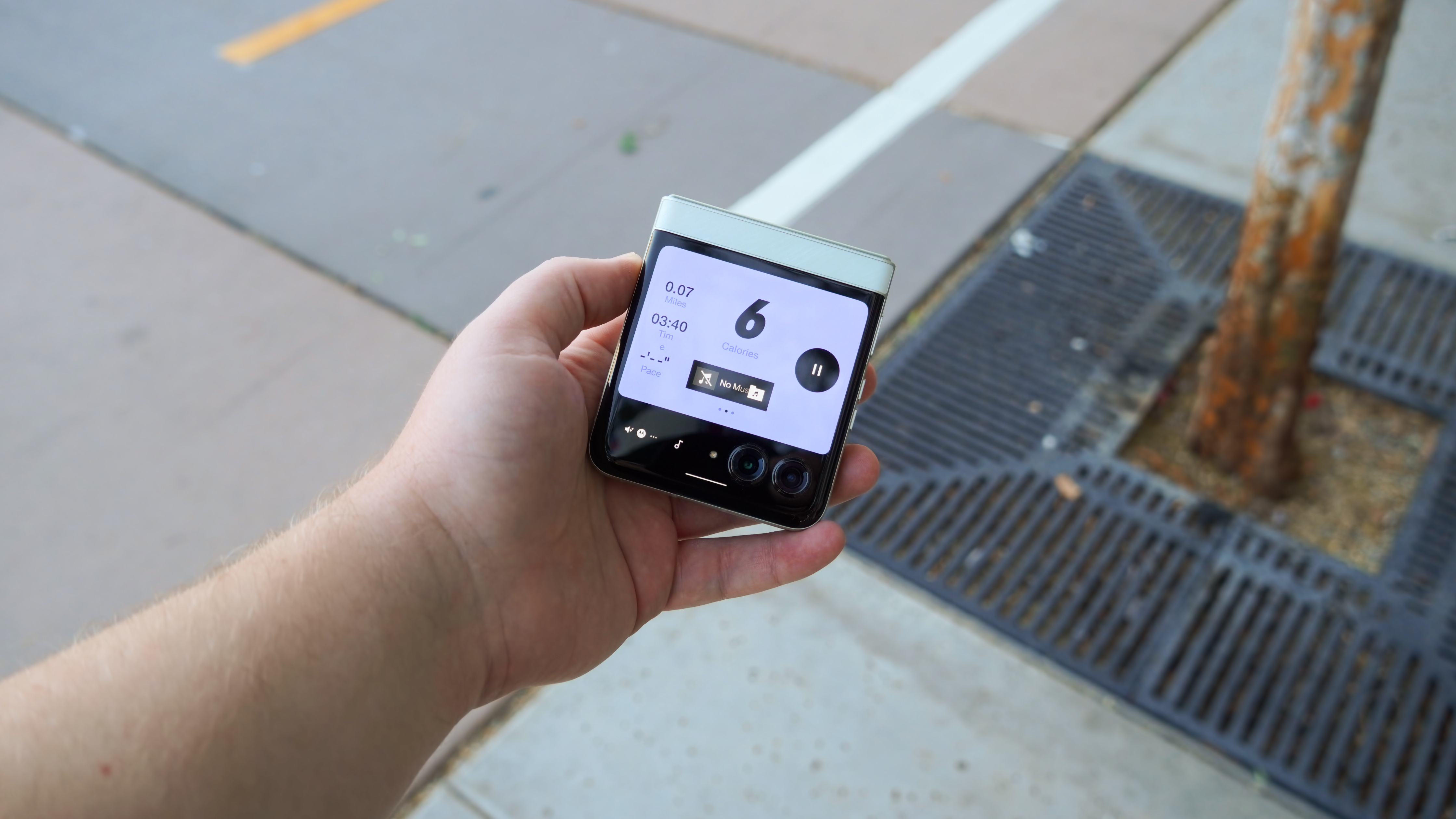
Often, the conversation about flip phones like the Motorola Razr Ultra 2025 or the Samsung Galaxy Z Flip 6 is that they come with a handful of compromises. These devices don’t feature the same camera quality, durability, or battery capacity as traditional handsets, for example.
However, their compactness can be more of an advantage than a compromise, and that’s what I learned using the Razr 2025 as a running buddy — one that added convenience and saved me money.
All the benefits of carrying a phone, with few drawbacks
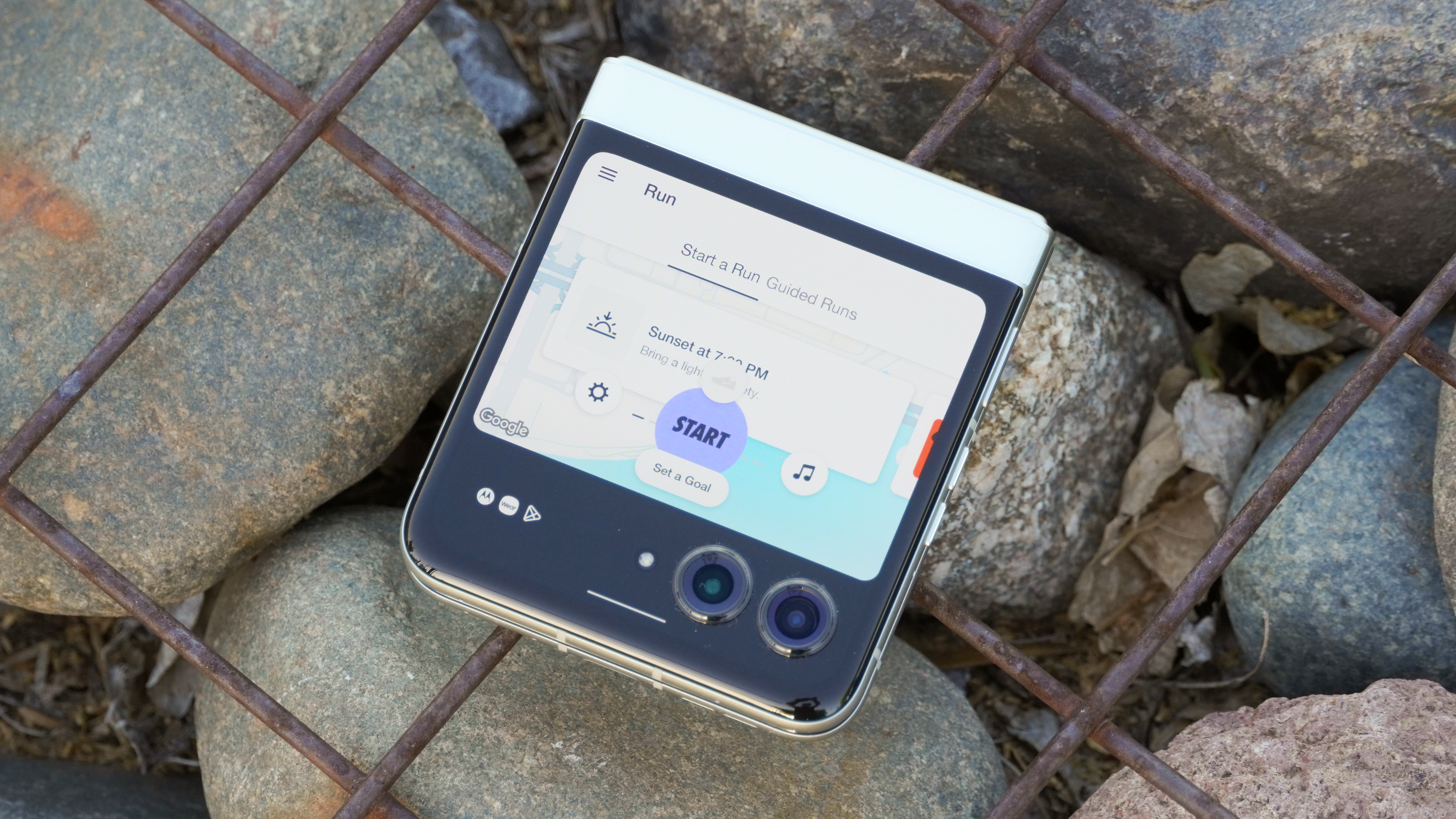
The downsides to carrying your phone with you while working out are obvious. They’re big and heavy, which can affect your balance and arm motion. If you end up dropping it, or it falls out of your pocket, that could be a $1,000 device hitting the pavement. With that being said, the risks of not carrying a phone with you could be more dangerous — there’s no way to get hold of people in the event of an emergency.
That’s why it’s simply a good idea to have at least one LTE-enabled device with you while working out, whether it be a phone or a smartwatch. I use a variety of smartwatches to track my runs, including the Samsung Galaxy Watch 6 Classic and the Apple Watch Ultra. The problem is that to use these devices with cellular, I’ll need to pay an extra carrier fee that ends up coming out to $15 more per month on my AT&T plan.
Chances are, if you’re a fitness-minded Android user, you probably have a smartwatch. You might even have one with LTE connectivity. But those extra costs add up, and I wanted to find out if there was a better way.
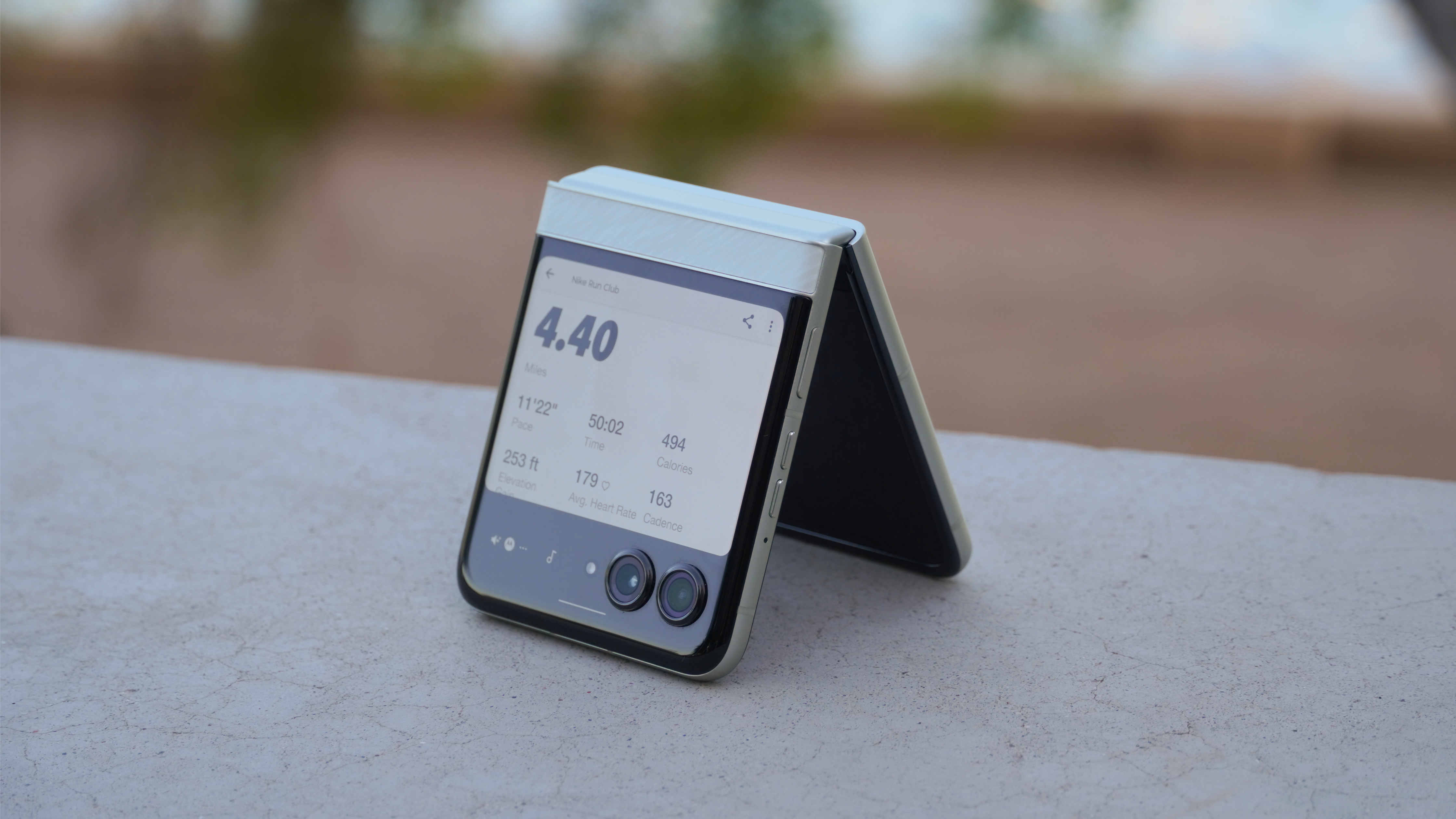
Sure enough, I’m convinced that flip phones can be a more useful and cost-effective way to get LTE connectivity on your runs than paying for cell service on your Wear OS smartwatch. With a tiny phone tucked in your waistband, pocket, or even held in your hand, you can get data on your phone and watch for zero extra dollars.
For me, carrying a flip phone along with my smartwatch created a better experience than using either a traditional smartphone or an LTE-enabled watch. You get all the benefits of having your phone with you, despite it being roughly half the size of a normal device. That means you can clutch it completely in the palm of your hand, or put it deep in your pockets to reduce bounce, and the risk of a phone falling out while moving.
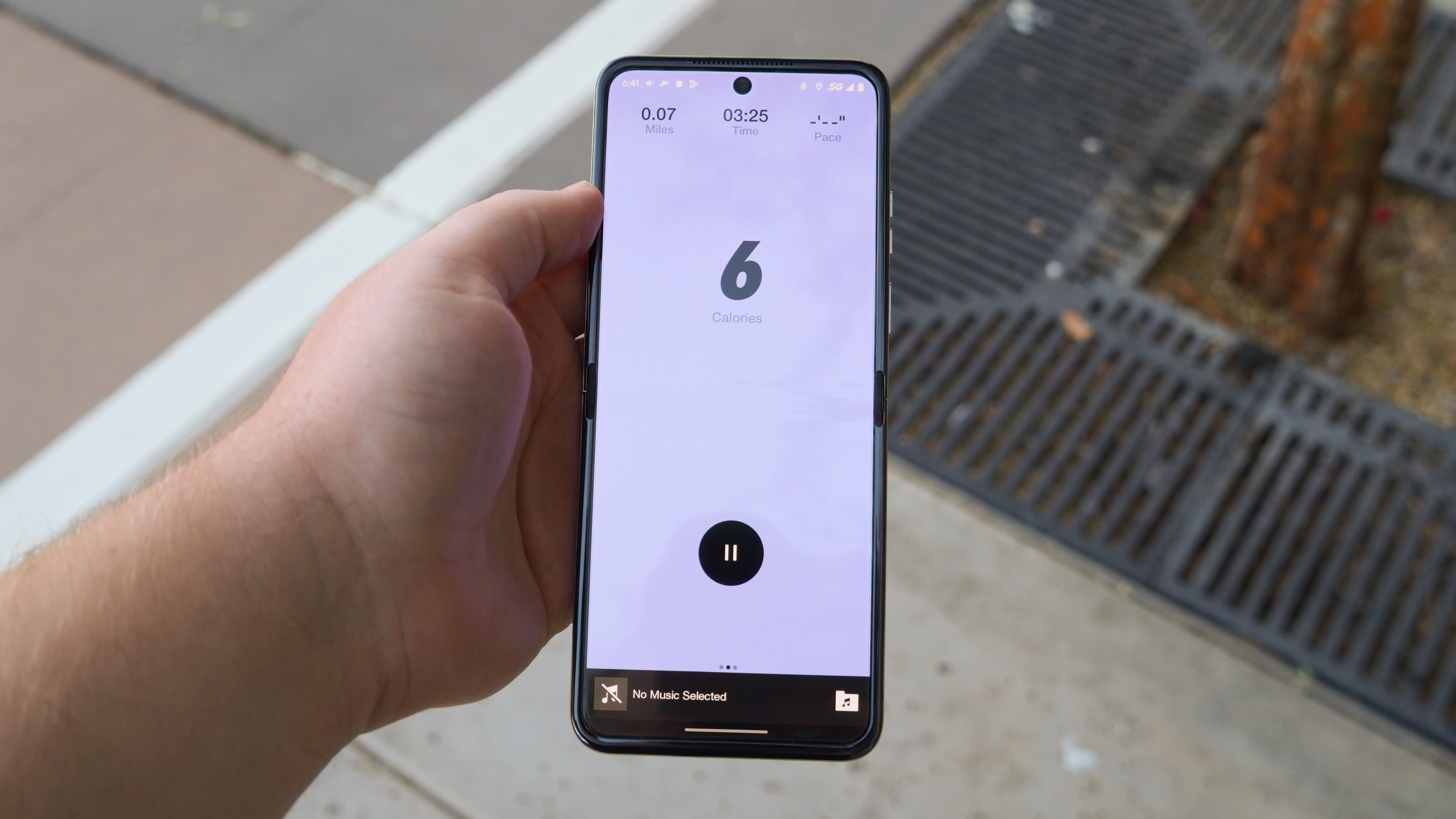
Of course, you can always open up the phone when you need it. That’s the great part about the compact form factor of flip phones like the Razr or Galaxy Z Flip. They’re small when you need something tiny, and offer the same screen size as a normal flagship when you need something bigger.
I’ve never been able to run comfortably carrying traditional smartphones — and I’ve tried ones from almost every brand — but using a flip phone changed my experience for the better. If you’re a runner and carry an LTE-enabled smartwatch instead of your phone, switching to a clamshell foldable and ditching the extra LTE plan could save you money while improving utility.
Find your use case for flip phones
Running just happened to be the key use case that made clamshell foldables massively appealing to me, but chances are, it’ll be different for you. Everyone is going to have their own reason for preferring the versatile form factor. Photographers and content creators might like having a built-in tripod wherever they go, and YouTube fans might love watching videos with a built-in phone stand.
The point is, if you’re considering a compact foldable, get creative. Think about what killer use case that’s personal to you might be made possible by the form factor. Foldable phones can do a lot of things regular phones can’t — like tagging along with me on a run without being a nuisance — and that’s part of their appeal.
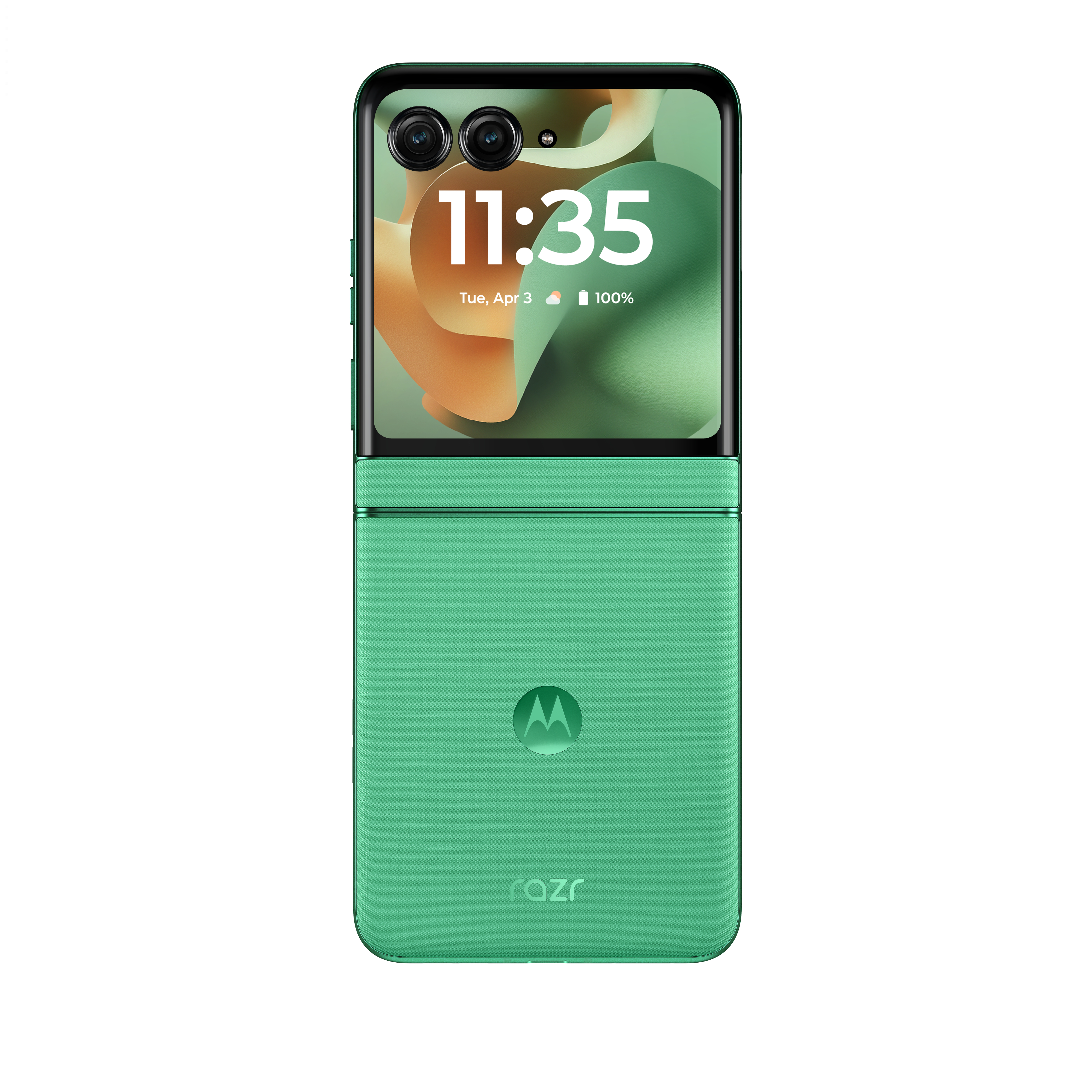
The affordable flip phone
The Motorola Razr 2025 is a stylish and versatile foldable phone with a large cover screen and a compact size (when closed) that’s perfect for runners and anyone who likes small phones.
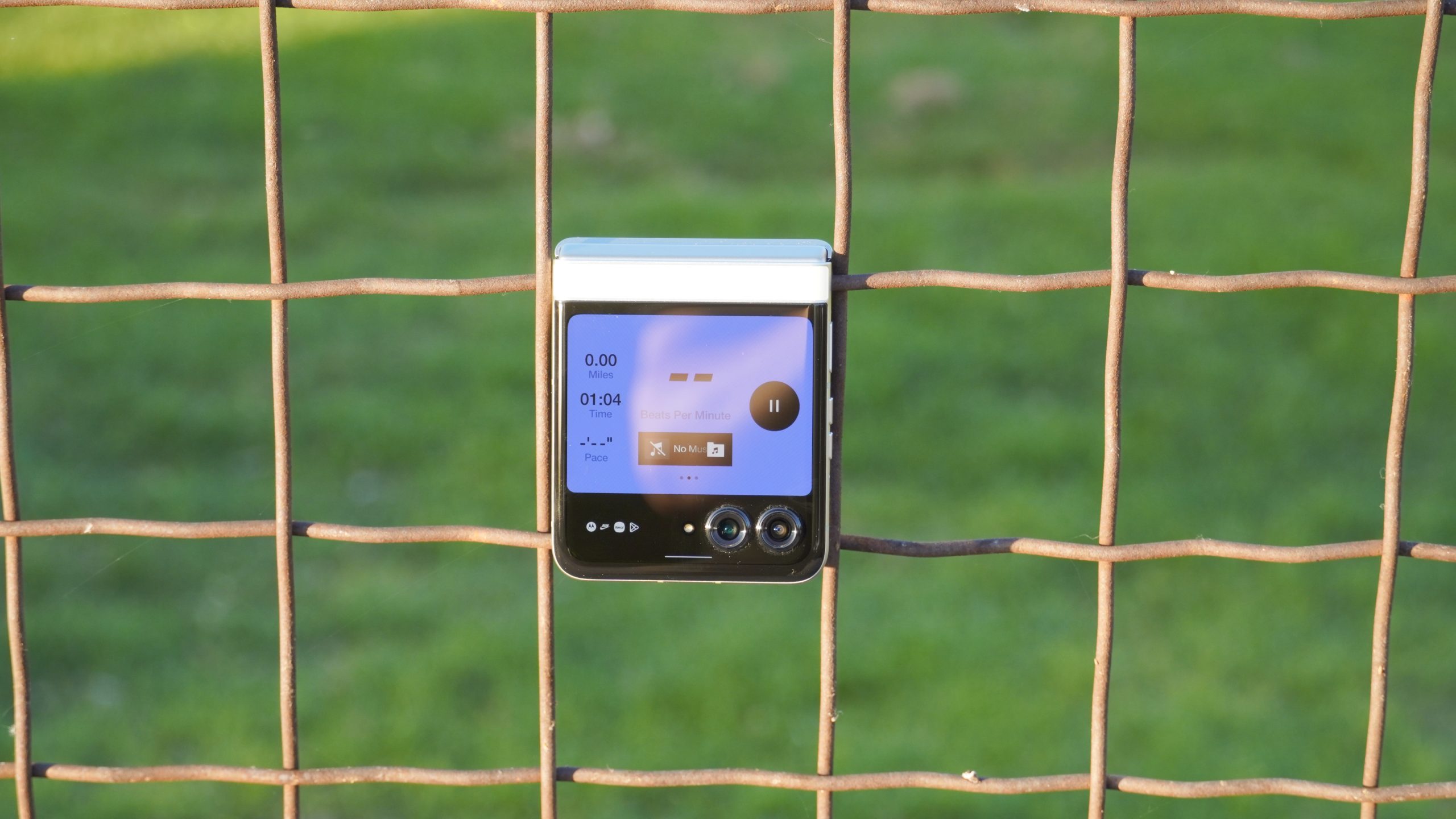
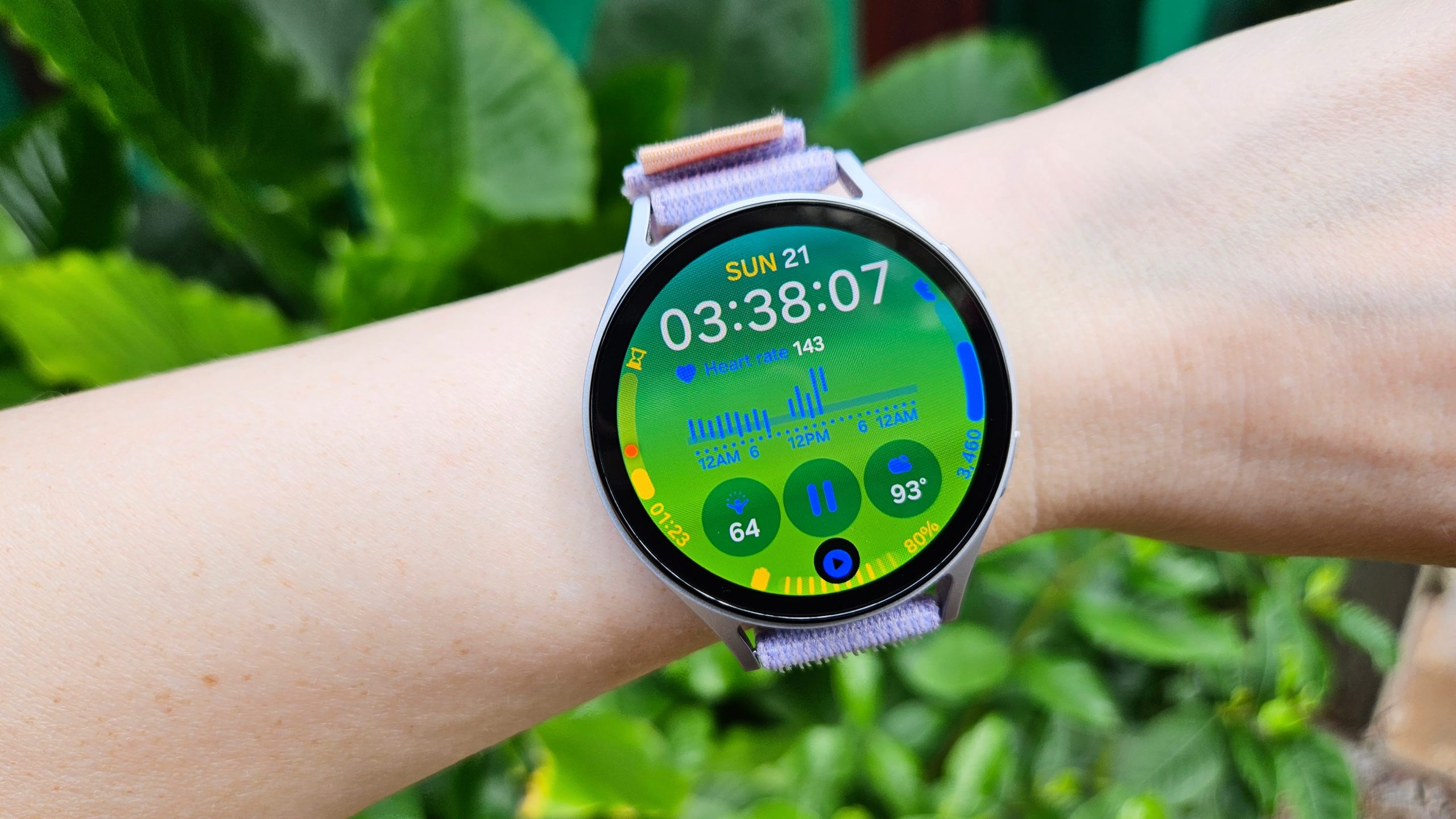
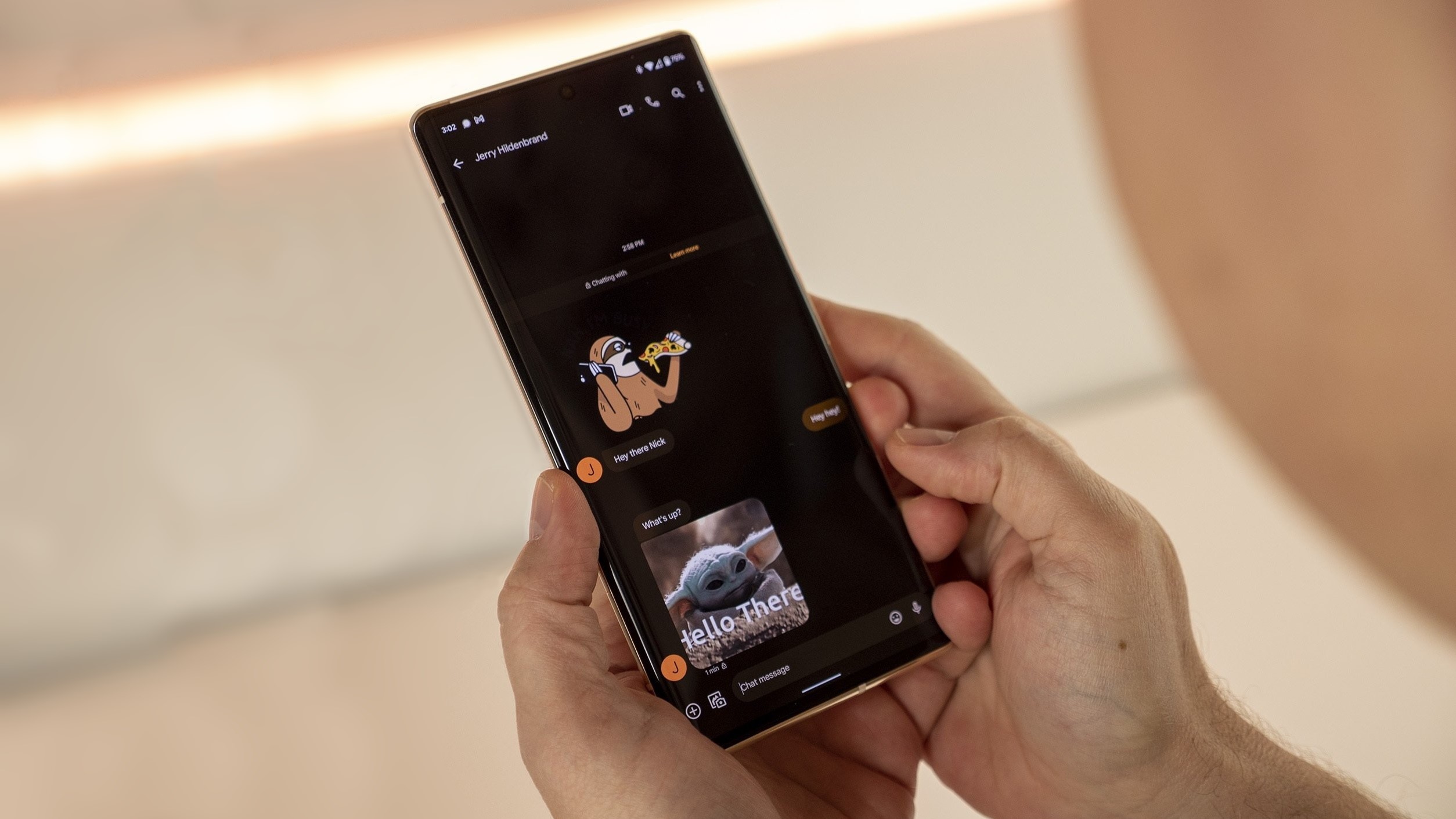

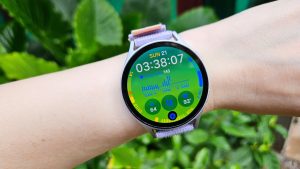
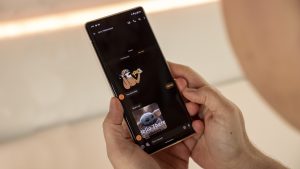

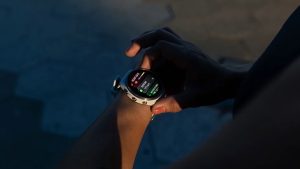
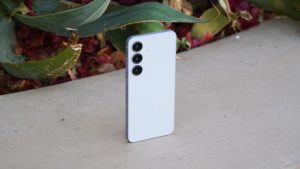
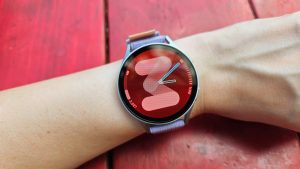

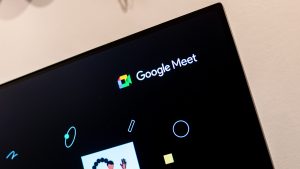
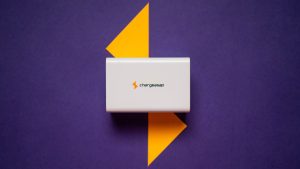
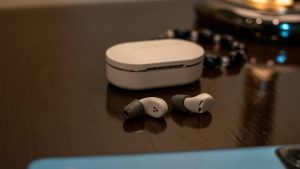
Post Comment